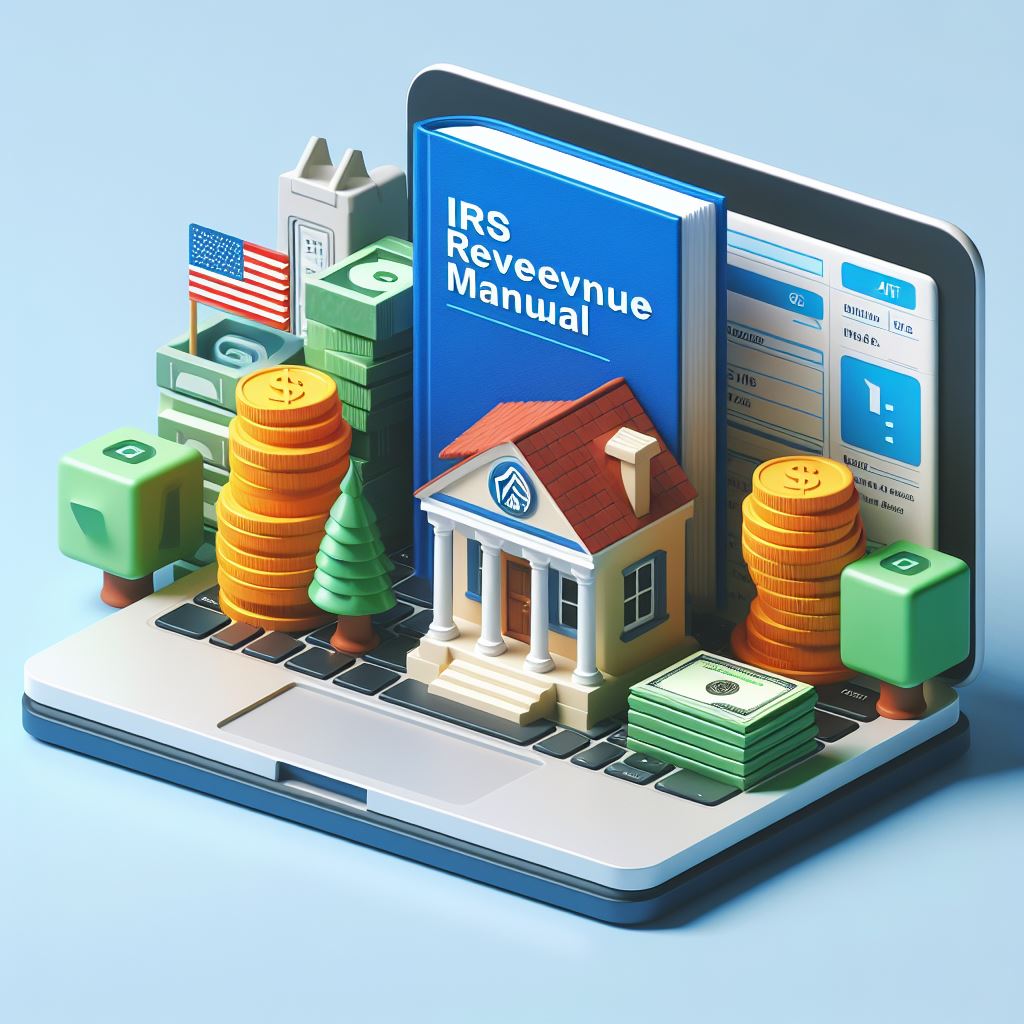
This CPE course provides a concise overview of the IRS Internal Revenue Manual, the agency bible. The publication identifies the key policies, procedures, instructions, and delegations of authority which guide the operation and administration of the Internal Revenue Service. The manual is used by IRS staff at all levels from revenue agents to appeals officers in their day-to-day workings.
Learning Objectives:
Upon successful completion of this course, you will be able to:
- When viewing the IRS Internal Revenue Manual website, practitioners will be able to identify at least 25 sections of the IRS manual and what information and guidance is provided in each.
- When using the manual, practitioners will be able to explain at least 10 ways the manual can assist in their work as tax advisors.
- When navigating the manual, practitioners will be able to point out at least 5 checklists the IRS uses to review websites, analyze financials, and make collection decisions.
- When interacting with potentially suspicious or non-compliant information or individuals, practitioners will be able to utilize at least 2 checklists to guide fraud and money laundering inquiries.
- When preparing for an audit, practitioners will be able to use at least 10 audit technique guides (ATGs) that provide insight into issues and accounting methods unique to specific industries.
Topics Covered:
- How IRM is Used Interally at IRS
- The 25 Manual Sections
- How IRM Can Benefit Practitioners
- Practitioner Priority Service
- Financial Analysis Handbook
- Bank Account Analysis
- Suspicious Activity Reports (SAR)
- Audit Technique Guides (ATGs)
Who Will Benefit/Target Audience:
Practitioners who want to increase their awareness of the structure, mission and responsibilities of the IRS and what regulations guide their operations and decisions.
Prerequisite Knowledge
Participants should have a basic understanding of Internet technology, online navigation, and digital productivity services.
- Author: Garrett Wasny
